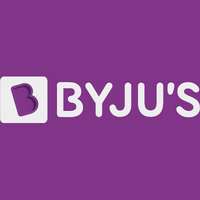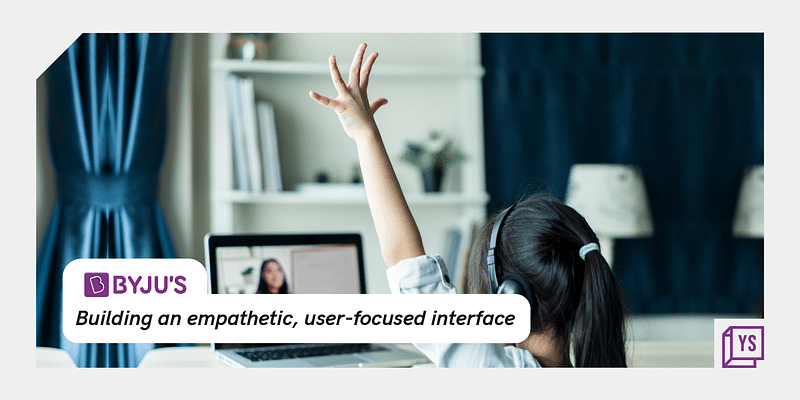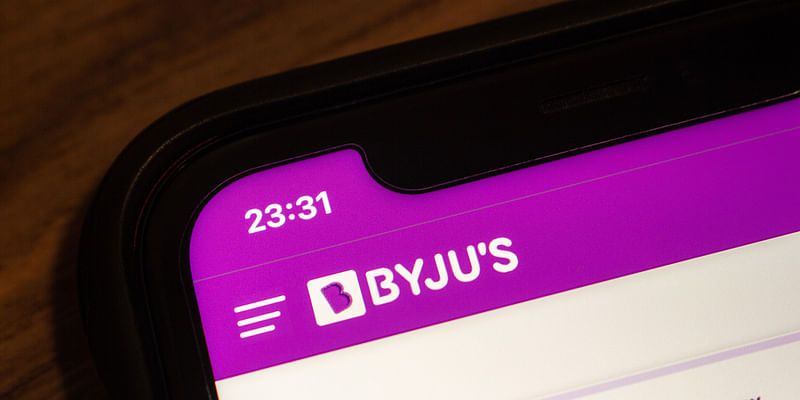
BYJU'S
View Brand PublisherHow BYJU’S is leveraging data and insights to create personalized learning experiences
Using interactive and gamified learning, BYJU’S is inspiring children to learn by teaching them in ways they want to be taught.
On any given school day, a little more than 1 billion children around the world head to school. This was before the pandemic hit. Since then, education has changed dramatically, with a distinct rise in e-learning. Technology is bridging the gap in terms of accessibility to quality education.
As researchers and educators continue to discuss how they can best prepare students to learn and thrive in the modern world, personalized learning has been found to be effective in fulfilling learners’ needs and interests. Every single aspect of personalized learning fosters autonomy, agency, and instills a sense of responsibility in students.
Edtech companies like are leading the way with tech-driven tools, products, and personalized learning. At the heart of all their innovations and initiatives is their belief that every child must get equal access to quality education irrespective of their socio-economic background, location, and proficiency.
By prioritizing the needs of individual students when developing a learning strategy for a particular concept, BYJU’S is enabling students to learn at their own pace, size and style. From developing diverse content formats for various subjects and concepts to helping students take ownership of their learning process, the edtech organisation is ensuring a structured and engaging learning process for students.
Creating a seamless learning experience
To build a product that puts children at the center of the focus and streamline the learning process for students, it is important to understand what they want and what they need. BYJU’S collects this feedback from a variety of sources.
At the concept stage, the company does extensive user research and cognitive focus testing. Through early beta versions of various product offerings, BYJU’S also receives inputs from various stakeholders at multiple levels including students, parents, and teachers.
While some of the best learning strategies can be discovered by analysing the learning patterns of large sets of students and engaging content can be created using various forms of media — videos, simulations etc, the basic framework which backs these processes is the flow of a learning course, or what we can call a chapter. Learning systems access this flow via knowledge graphs.
A knowledge graph is the brain of any learning system. It can direct the learning journey of a student by pointing them to the relevant concepts or information, based on what they’re learning at that point in time.
Based on the child’s engagement with the program, the system should be able to analyse their learning pattern, predict learning capabilities and then reinforce the child’s learning by focusing on the relevant concepts. This could be in the form of a video, a quiz or any other content format.
Knowledge graphs help connect the concepts that need to be taught to other related concepts. If a child is learning about ‘laws of motion’, for example, this will fall under a bunch of concepts that are considered prerequisites. These graphs also help create a learning experience that is coherent and uniform.
Every content element (videos, simulations, tests and individual questions) is thoroughly mapped to the knowledge graph, packaged in a form that is best suited for students’ requirements.
But, how is BYJU’S personalizing the learning journey of each and every student?
Role of AI and ML
The first step of customizing learning is to understand the journey of a student. Do they like to start their homework by reading English, doing a few Math problems, and then playing a game with a bit of history? Or do they want to stick to studying one subject a day and focus on understanding a particular concept? Are they struggling with a topic?
By using machine learning and AI, BYJU’S is diving deep into the learning needs of every individual student. Changing what is offered and updating recommendations is an integral part of customizing the learning process. Based on what is being taught in schools at a particular point in time, BYJU’S creates modules for specific concepts and topics to make sure students don’t feel limited while learning. So depending on how well a student is able to understand a concept or how he or she is faring in a subject, the recommendations will keep changing until a child is able to clearly apply the concept and grasp the outcome.
AI plays a significant role in helping anticipate what the students need and what they might require even before they arrive at a stumbling block. An internal metric helps assess a child’s concept proficiency based on test reports and quizzes. This ensures no student is left behind.
On the BYJU’S app, children can access a patented video library, a content format called the Learn Journeys that offers a personalized learning journey, a practice section and a test section. The app also has games and simulations that work on the ‘learn by doing’ principle. These help reinforce the students' learning by applying concepts to real life situations. The multiple data points collected in all these areas are used to capture whether the child has understood the concept. Every student’s struggles and achievements are constantly monitored to ensure that each of them is learning in the way they wish to learn. Analysing all of the challenges that students face and collecting data to glean insights is crucial while building a product since both qualitative and quantitative feedback play a huge role in the success of a product.
Insights and the product development journey
“We have a fairly involved user research team that continuously works with students and their parents. This acts as a constant source of feedback,” says Sriram Ganesh, AVP, Product, BYJU’S while talking about the product development process.
A tremendous amount of research happens before a product hits the market. Sriram explains how BYJU’S research team identifies the goal for a particular learning format and then reach out to students. This helps them understand what children like and whether the product can be scaled. After building a proof of concept, they dig deeper, this time with a prototype and users, to understand and get feedback before building the whole product. At every step of the process, until the product is completely built, all of the user feedback received is incorporated into the design.
One example of a product that was built after immense research is the learning offering for young learners, specifically designed for students aged 5 to 9.
The app is constantly being updated and is providing a personalized and experiential experience to children as the main objective is to build a strong foundation of concepts from an early age. These regular updates ensure students don’t lose interest throughout the learning process.
Innovation, every step of the way
Ajay Rajendran AVP, Product and Growth, BYJU’S, shares that coming up with new ways of content formats is crucial to getting different sets of students interested in learning. While some kids might want quizzes, some might want to learn from videos, some by playing a game, etc. Constant innovation with respect to presenting content is what will keep any edtech organization thriving.
For the past decade, BYJU’S has been working backwards while innovating products, by prioritizing students’ needs. All of their designs are created to ensure an immersive learning experience that consists of movie-like videos and game-like interactions. The learning profiles built for each and every student helps in offering relevant and accurate recommendations that help solve everyday learning challenges and achieve specific goals. BYJU’S is integrating the right blend of tech into its systems to create a personalized learning path and customized guidance.











